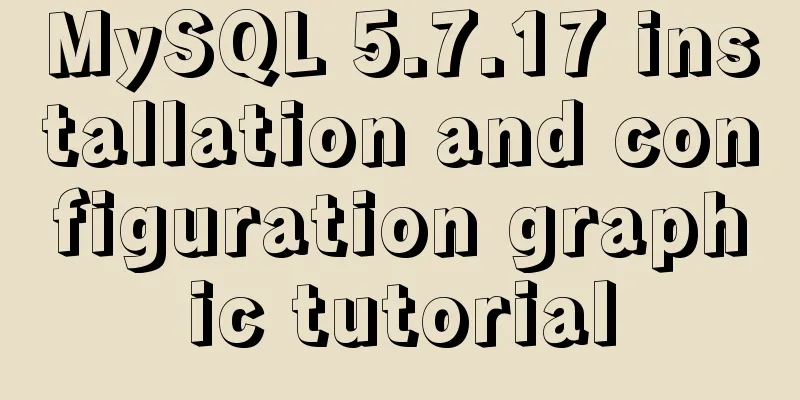Detailed explanation of JavaScript function introduction

Function Introductionfunction
advantage:
Creating a function Constructor creates a functiongrammar var fun =new Function(code block); There are relatively few functions constructed in this form. Function declaration creates a functiongrammar:
function function name (parameter 1, parameter 2... parameter N) {
Statement...
}
Function Expressions Create Functions
var function name = function function name (parameter 1, parameter 2... parameter N) {
Statement...
}
Function ParametersFormal parameters:
Actual parameters:
function sum(a, b) {
console.log(a + b);
}
sum(1, 2); //Call function and pass in actual parameters
Number of parameters:
Question : When passing variable parameters when calling a function in JavaScript, is it passed by value or by reference?
var a = 3;
function fn(a) {
a = a + 1;
}
fn(a);
console.log("a is:", a); // 3
Here it can be understood as value (basic) transfer
var obj = { name: "心猿" }; // declare an object function fn(obj) {
console.log(obj.name);
}
fn(obj); // "Monkey Heart"
//This can be understood as address value transfer or reference transfer (address value)
Function call Direct call:
function fn(obj) {
console.log("I was called directly!");
}
fn()//direct call
Calling via object
Obj = {
fun(){
console.log("I called it through an object!");
}
}
Obj.fun(); //Call function through object
new call
function fun() {
console.log("I called it through new!");
return 1 + 2; // return a value }
var result = new fun();
console.log("result:", result);//fun {}
console.log("Data type of result:",typeof result);//"object"
Notice: 1. A function called with new always gets an object, regardless of whether the function returns a value or not. 2. Use new to call a function, which is a function used to create an object (constructor) This is a temporary method to make fun become obj for calling
var obj = { name: "心猿" }; // declare an object function fun() {
this.age = 5000;
console.log("Call the function through fun.call(obj)!");
}
//Cannot be called directly through obj.fun(), but can be called through fun.call(obj) fun.call(obj) //Equivalent to obj.fun
//Print the function called by fun.call(obj)!
console.log("You can also use it as a method of obj to call age information" + "age:", obj.age); //5000
Function return valueA function may or may not have a return value.
Execute function immediately After the function is defined, it is called immediately. This kind of function is called an immediately executed function. Immediately executed functions are usually executed only once. grammar:
(function(){
Code blocks;
})();
For example:
(function (a, b) {
console.log("num:", a + b);
})(1,3);//4
method
var obj = new Object()
{
obj.name = "Monkey Heart";
obj.age = 3000;
obj.sayName = function(){
console.log("name:",obj.name);
}
}
obj.sayName();
Another way to write it:
var obj = {
name: "Yima",
age: 3000,
sayName: function () {
console.log("name:", obj.name);
}
}
obj.sayName();
To enumerate the properties in an object:You can read my article about the differences between different traversal methods: Comparing the differences between for, forEach, for...in, and for...of in JavaScript Using grammar
for(var index in arr)
{
console.log(index); //code block}
var person = {
name:"Sun Wukong",
age:5777,
gender:"Male"
};
for(var index in person)
{
console.log(person[index]);
}
Scope Scope refers to the range of a variable. There are two kinds of scopes in JavaScript: 1. Global scope (global variables) 2. Function scope (local variables) 3. Block-level scope ES6 syntax Global Scope
Variables are saved as attributes of the window object
var a = 10;
console.log("a:",a);
console.log("window.a:",window.a);
Due to environmental reasons, an error will be reported in node.js
It will display normally in the browser
Functions will be used as methods of the window object
function fun(){
console.log("I am the window.fun function!")
}
window.fun();
Function Scope
Block scopeES6 (ECMAScript 2016) variables declared using let are scoped to the statement block
for(let i=0;i<100;i++){
}
SummarizeThis article ends here. I hope it can be helpful to you. I also hope you can pay more attention to more content on 123WORDPRESS.COM! You may also be interested in:
|
<<: 4 ways to optimize MySQL queries for millions of data
>>: Two ways to visualize ClickHouse data using Apache Superset
Recommend
Open the app on the h5 side in vue (determine whether it is Android or Apple)
1. Development environment vue+vant 2. Computer s...
Vue3.0 implements encapsulation of checkbox components
This article example shares the specific code of ...
Web design dimensions and rules for advertising design on web pages
1. Under 800*600, if the width of the web page is...
Angular performance optimization: third-party components and lazy loading technology
Table of contents Overview Environment Preparatio...
SQL implements addition, subtraction, multiplication and division operations on two adjacent rows of data
SQL implements addition, subtraction, multiplicat...
How to install Tomcat-8.5.39 on centos7.6
Here is how to install Tomcat-8.5.39 on centos7.6...
In-depth understanding of the use of the infer keyword in typescript
Table of contents infer Case: Deepen your underst...
CentOS 7.2 builds nginx web server to deploy uniapp project
Panther started as a rookie, and I am still a roo...
Detailed explanation of Vue project packaging
Table of contents 1. Related configuration Case 1...
The past two years with user experience
<br />It has been no more than two years sin...
How to install PHP7 Redis extension on CentOS7
Introduction In the previous article, we installe...
Analysis of the differences between Iframe and FRAME
1. Use of Iframe tag <br />When it comes to ...
How to use MySQL limit and solve the problem of large paging
Preface In daily development, when we use MySQL t...
Introduction to Sublime Text 2, a web front-end tool
Sublime Text 2 is a lightweight, simple, efficien...
How to open a page in an iframe
Solution: Just set the link's target attribute...























